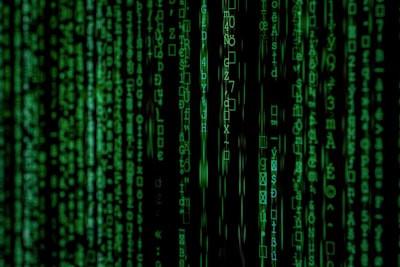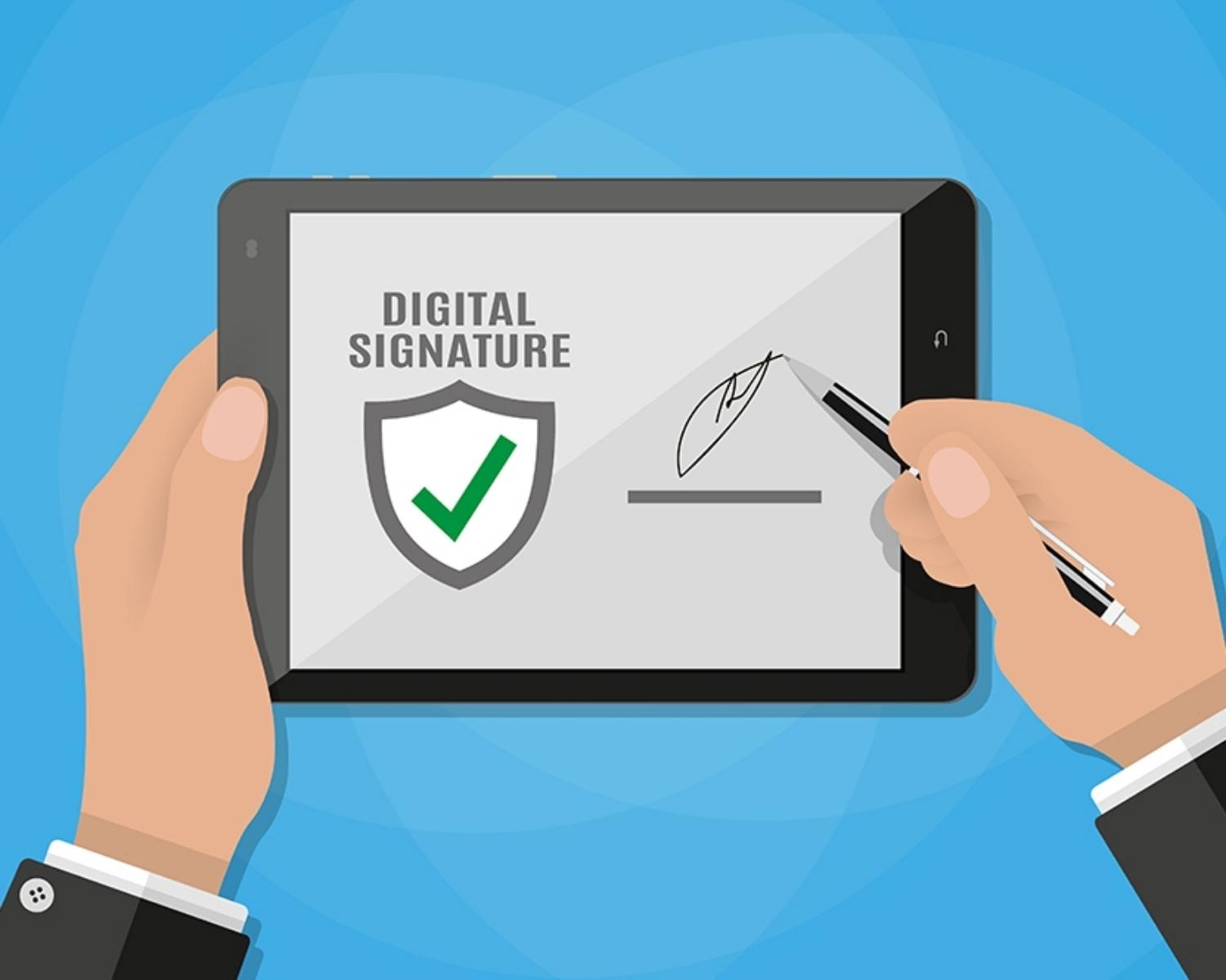What Is a Digital Signature? | Binance Academy
Curated from: academy.binance.com
Ideas, facts & insights covering these topics:
10 ideas
·1K reads
16
Explore the World's Best Ideas
Join today and uncover 100+ curated journeys from 50+ topics. Unlock access to our mobile app with extensive features.
What Is A Digital Signature?
- A digital signature is a cryptographic mechanism used to verify the authenticity and integrity of digital data.
- We may consider it as a digital version of the ordinary handwritten signatures, but with higher levels of complexity and security.
- In simple terms, we may describe a digital signature as a code that is attached to a message or document. After generated, the code acts as proof that the message hasn’t been tampered with along its way from sender to receiver.
21
190 reads
Public-key cryptography (PKC)
Public-key cryptography, or PKC, refers to a cryptographic system that makes use of a pair of keys:
- one public key
- one private key.
The two keys are mathematically related and can be used for both data encryption and digital signatures.
22
128 reads
How digital signatures work
In the context of cryptocurrencies, a digital signature system often consists of three basic steps:
- hashing
- signing
- Verifying.
22
112 reads
Hashing the data
Hashing the data is not a must for producing a digital signature because one can use a private key to sign a message that wasn’t hashed at all.
But for cryptocurrencies, the data is always hashed because dealing with fixed-length digests facilitates the whole process.
21
90 reads
Signing
After the information is hashed, the sender of the message needs to sign it. This is the moment where public-key cryptography comes into play. There are several types of digital signature algorithms, each with its own particular mechanism.
But essentially, the hashed message will be signed with a private key, and the receiver of the message can then check its validity by using the corresponding public key (provided by the signer).
20
95 reads
Verifying
Let’s take an example to illustrate the whole process until the final step of verification. Imagine that Alice writes a message to Bob, hashes it, and then combines the hash value with her private key to generate a digital signature.
The signature will work as a unique digital fingerprint of that particular message.
21
94 reads
Why are digital signatures important?
Digital signatures are often used to achieve three results:
- data integrity,
- authentication,
- non-repudiation.
20
83 reads
Use cases
Digital signatures can be applied to various kinds of digital documents and certificates. As such, they have several applications. Some of the most common use cases include:
- Information Technology. To enhance the security of Internet communication systems.
- Finance. Digital signatures can be implemented to audits, expense reports, loan agreements, and much more.
- Legal. Digital signing of all sorts of business contracts and legal agreements, including governmental papers.
- Healthcare. Digital signatures can prevent fraud of prescriptions and medical records.
- Blockchain.
21
75 reads
Limitations
The major challenges faced by digital signature schemes rely on at least three requirements:
- Algorithm. The quality of the algorithms used in a digital signature scheme is important. This includes the choice of reliable hash functions and cryptographic systems.
- Implementation. If the algorithms are good, but the implementation is not, the digital signature system will likely present flaws.
- Private Key. If the private keys get leaked or somehow compromised, the properties of authenticity and non-repudiation will be invalidated.
20
48 reads
Electronic signatures vs. digital signatures
Digital signatures relate to one particular kind of electronic signatures - which refer to any electronic method of signing documents and messages. Thus, all digital signatures are electronic signatures, but the opposite isn’t always true.
21
92 reads
IDEAS CURATED BY
CryptoStash 's ideas are part of this journey:
Learn more about crypto with this collection
The differences between Web 2.0 and Web 3.0
The future of the internet
Understanding the potential of Web 3.0
Related collections
Similar ideas
6 ideas
What Is Cryptocurrency? Everything You Need To Know
daydreamerlive.com
6 ideas
How Does Blockchain Security Work, Anyway?
hackernoon.com
1 idea
Themes from Real World Crypto 2022
blog.trailofbits.com
Read & Learn
20x Faster
without
deepstash
with
deepstash
with
deepstash
Personalized microlearning
—
100+ Learning Journeys
—
Access to 200,000+ ideas
—
Access to the mobile app
—
Unlimited idea saving
—
—
Unlimited history
—
—
Unlimited listening to ideas
—
—
Downloading & offline access
—
—
Supercharge your mind with one idea per day
Enter your email and spend 1 minute every day to learn something new.
I agree to receive email updates


